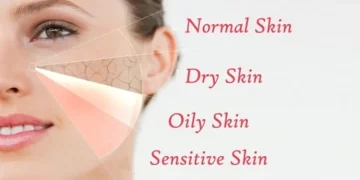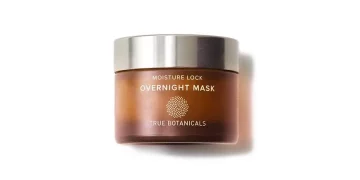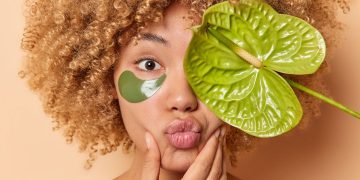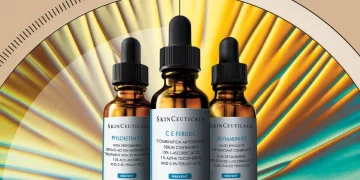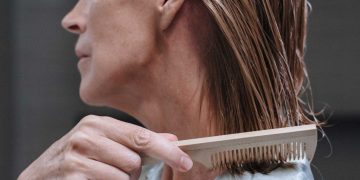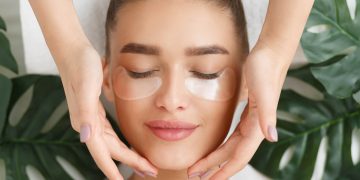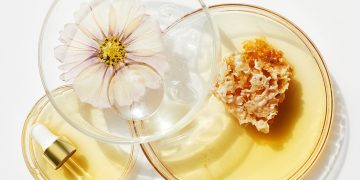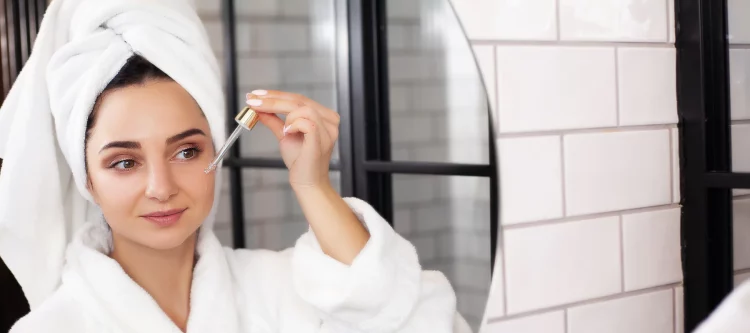Introduction
In the fast-paced world of skincare, it’s easy to get caught up in the ever-growing number of products promising youthful, radiant skin. From cleansers and serums to toners and masks, the options seem endless. But while variety can be a blessing, is there such a thing as too much of a good thing? Overloading your skin with too many products may sound counterintuitive in a world obsessed with skincare routines, but the truth is, your skin might be better off with less.
This article delves into the risks of overloading your skin with products, the science behind skincare, and how to curate a routine that truly benefits your skin without overwhelming it.
The Myth of More is Better
Skincare enthusiasts often believe that the more products they use, the more effective their routine will be. After all, if a little serum works wonders, then surely layering multiple serums, moisturizers, and toners will yield even better results, right? Not necessarily. In fact, overuse can do more harm than good.
The key here is balance. The skin’s natural barrier, which protects against environmental pollutants, dehydration, and bacteria, is delicate. When we overload it with products, it can disrupt this barrier, leading to irritation, breakouts, dryness, and even premature aging.
The Skin Barrier: Your First Line of Defense
The skin’s barrier, often referred to as the “stratum corneum,” is made up of layers of cells that are tightly bound together with lipids. This structure plays a vital role in keeping moisture in and harmful particles out. When you apply too many products, particularly those with active ingredients like acids, retinoids, or vitamin C, you can overwhelm this barrier, leaving your skin vulnerable to damage.
Common Signs of Overloading Your Skin
How do you know if your skin is overburdened? Here are some telltale signs that your skincare routine may be too much:
- Increased Breakouts: Too many layers of product can clog pores, leading to blackheads and acne.
- Redness or Irritation: A burning sensation, redness, or stinging after applying products is a clear sign of irritation.
- Dryness or Tightness: Despite using moisturizers, your skin may feel tight or flaky if it’s being stripped of its natural oils.
- Sensitivity: When your skin becomes overly sensitive, even the most basic products may cause discomfort.
- Dullness or Uneven Texture: Overuse of exfoliating acids or vitamin C can make your skin look dull or uneven.
Understanding Key Ingredients: The Good, the Bad, and the Overused
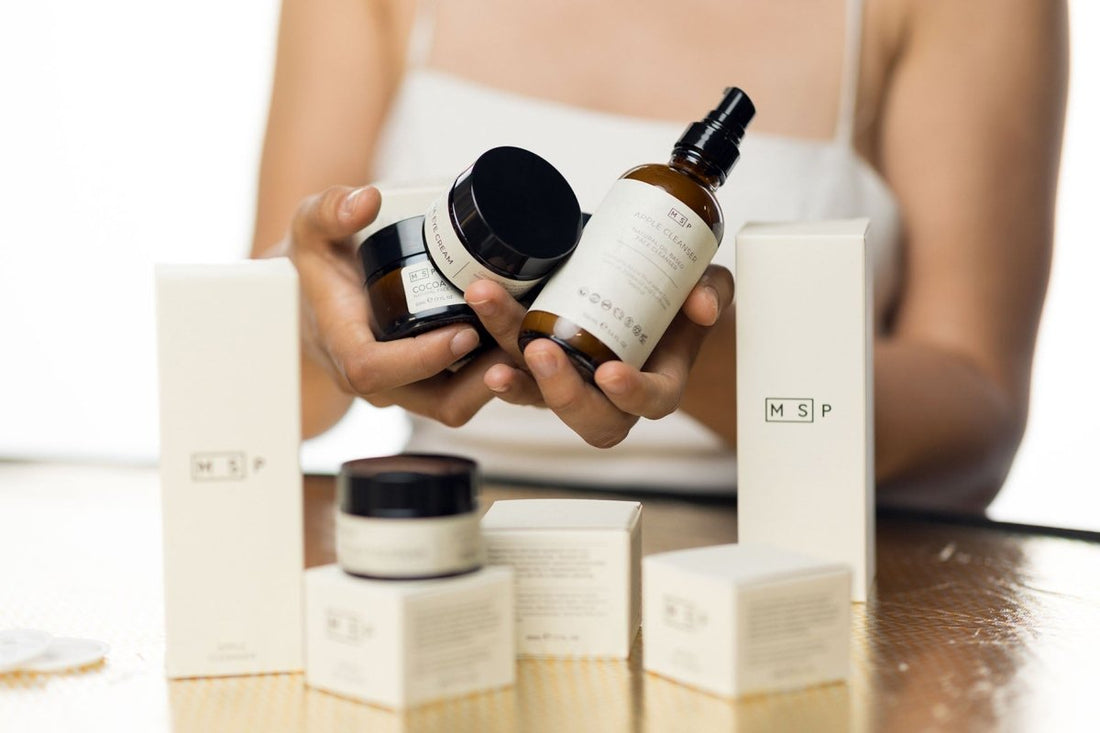
Skincare products are typically packed with active ingredients aimed at targeting specific skin concerns. However, when used in excess, even the most effective ingredients can cause more harm than good.
1. Retinoids (Vitamin A Derivatives)
Retinoids are celebrated for their ability to reduce wrinkles, fine lines, and acne. However, they are potent and can cause irritation if used too frequently or with other strong ingredients like acids. Using retinoids too often can result in peeling, redness, and sensitivity, weakening the skin’s barrier over time.
Tip: Use retinoids only 2-3 times a week, and always follow up with sunscreen during the day, as retinoids increase sun sensitivity.
2. Exfoliating Acids (AHAs & BHAs)
Alpha-hydroxy acids (AHAs) and beta-hydroxy acids (BHAs) are powerful exfoliants that help remove dead skin cells, smooth texture, and brighten the complexion. However, when overused, they can compromise the skin’s protective layer, causing excessive dryness, irritation, and sensitivity.
Tip: Limit exfoliation to 1-3 times per week and always apply sunscreen to protect your skin.
3. Vitamin C
Vitamin C is an antioxidant that helps combat oxidative stress and brighten the skin. But it can be irritating when layered on top of other potent ingredients, especially in high concentrations. Overuse can lead to sensitivity, redness, and even a stinging sensation.
Tip: Stick to one vitamin C product in the morning, and use it sparingly if your skin is sensitive.
4. Moisturizers and Hydrators
While moisturizers are essential, over-layering them can clog pores and create a greasy appearance. People often use heavy creams in conjunction with oils, leading to a buildup that can suffocate the skin, preventing it from breathing and leading to breakouts.
Tip: Choose a moisturizer that suits your skin type. If your skin is oily, opt for lighter gel-based formulas, while dry skin can benefit from richer, emollient-based creams.
The Science of Layering: Less is Often More
The concept of “layering” has become a trend in skincare, with people applying multiple products in a specific order to achieve maximum benefits. But the truth is, some layers may simply cancel each other out, or worse, irritate your skin.
Here’s a simple guide to effective layering:

- Cleanse: Always start with a gentle cleanser to remove dirt and impurities.
- Toner (Optional): If you use a toner, make sure it’s hydrating and not loaded with astringents that can dry out your skin.
- Serums: These are concentrated treatments targeting specific concerns like wrinkles or pigmentation. Apply serums sparingly—one is often enough.
- Moisturize: Lock in moisture with a lightweight or heavy cream, depending on your skin’s needs.
- Sunscreen: Never skip sunscreen! It’s the most important step in protecting your skin from UV damage.
The Power of Simplifying Your Routine
Skincare doesn’t have to be complicated. In fact, a simple, effective routine is often the best approach. If your skin is struggling, consider simplifying your routine by eliminating unnecessary products. Focus on the basics: cleansing, treating, moisturizing, and protecting.
By using fewer products, you give your skin a chance to breathe and repair itself naturally. A minimal approach often leads to clearer, healthier-looking skin, as it reduces the chances of irritation and imbalances.
How to Create a Balanced Skincare Routine
To avoid overloading your skin, it’s essential to focus on your skin’s unique needs. Here’s how to build a skincare routine that works for you:
- Assess Your Skin Type: Identify whether your skin is dry, oily, combination, or sensitive. This will guide your product choices.
- Choose Gentle Products: Opt for products that are gentle on your skin. Avoid harsh ingredients like alcohol or high concentrations of fragrance.
- Start Slow: Introduce new products gradually. Use them 2-3 times a week and increase frequency as your skin adjusts.
- Consistency is Key: Stick to your routine for a few weeks before making any changes. Consistency is more important than trying new products every week.
- Listen to Your Skin: Pay attention to how your skin reacts to each product. If you notice irritation, scale back or eliminate the culprit.
The Benefits of a Simplified Skincare Routine
- Reduced Risk of Irritation: With fewer products, the chances of irritating or damaging your skin’s protective barrier are lower.
- Improved Skin Health: By focusing on the essentials, your skin can heal, repair, and rejuvenate without the burden of excessive products.
- Time and Money Saved: A streamlined routine can save you both time and money. You won’t have to worry about purchasing numerous products that might not even work together.
- Sustainability: Less packaging and fewer ingredients mean a more sustainable approach to skincare.
Conclusion
While it’s tempting to jump on the skincare bandwagon and try every new product that promises glowing skin, less is often more when it comes to maintaining a healthy complexion. Overloading your skin with too many products can do more harm than good, stripping away its natural defenses and causing irritation, breakouts, or dryness. Instead, curate a skincare routine that is simple, effective, and tailored to your skin’s specific needs.
Remember, your skin is a delicate ecosystem that thrives on balance. By choosing the right products and avoiding unnecessary steps, you can keep your skin glowing and healthy, without overloading it with too many products. So, take a step back, simplify your routine, and let your skin do what it does best—shine!



